This article was co-authored by Laura Flinn. Laura Flinn is a National Academy of Sports Medicine (NASM) Certified Personal Trainer, USA Olympic Weightlifting Sports Performance Coach and Certified Fitness Nutritionist, with an additional qualification as a TRX Suspension Trainer. Laura runs her own personal training program based in the San Francisco Bay Area and specializes in topics such as weight loss, muscle growth, cardiovascular training, and strength training.
There are 15 references cited in this article, which can be found at the bottom of the page.
wikiHow marks an article as reader-approved once it receives enough positive feedback. In this case, 83% of readers who voted found the article helpful, earning it our reader-approved status.
This article has been viewed 1,276,622 times.
Losing any amount of weight, which in turn will allow you to lose inches, is hard work and takes time. There is no magic formula that will make it happen quickly or easily, but the effort is worth it. There are, however, a few 'tricks' you could consider that will allow you to appear thinner around the waistline in the short-term while you’re working to reduce your waist size permanently.
Steps
Using Simple Tricks to Look Thinner
-
1Try an at-home body wrap. In order to do this wrap you’ll need lotion, clear plastic wrap and an elastic reusable bandage (like the kind you’d use on a sprained wrist). Once you’ve obtained the necessary items, perform the following instructions right before you go to bed:[1]
- Apply the lotion to your stomach and waist area in a thick layer. Don’t massage the lotion too much into your skin.
- Wrap the clear plastic wrap around your waist, on top of where you put the lotion. You may need to wrap the plastic two to three times around your waist. The plastic wrap should not be loose, but should be tight enough that it doesn’t fall off.
- Wrap the elastic bandage around your waist on top of the plastic wrap. Secure the bandage to your body by tucking the end into the portion already wrapped around.
- Sleep with the wrap on all night and remove it in the morning. You’ll likely notice a small difference in your waist size, but note it’s only temporary.
-
2Get a corset. Corsets come in many different types, depending on what you’re trying to accomplish. ‘Real’ corsets designed to trim your waistline have steel boning and multiple layers of non-stretchy fabrics. You can buy a ready-made corset at a lingerie store, or you can have one custom made for you.
- Corsets can help your waist look 2 – 4” smaller just by wearing them.
- Corsets, because they’re tight, can also help you eat less as you’ll feel full faster.
- Alternatively, you can also try wearing shapewear, which can help make you look thinner as well, but uses a different material than corsets. Plus, you can buy shapewear that’s also underwear, camisoles, etc.[2]
Advertisement -
3Wear clothing that makes you look thinner. The key to dressing so you look thinner is to avoid items like capris, pleated pants, long baggy shorts or shapeless skirts that only go down to your calf. Ensure the clothes you wear fit you properly, and choose items like the following:[3]
- Dark-colored jeans or pants that go down to your ankle or 1-2” below your ankle; long shirts, blazers, or non-baggy sweaters; knee-length pencil skirts; or fitted A-line skirts.
- Maxi skirts. These are another great option to make you look thinner because they give you a longer vertical line and make your legs look longer. Solid colors work best. Avoid skirts with pleats, big pockets, layers and thick elastic waistbands. Pair a maxi skirt with a fitted top and heels.
- Jeans that have a higher-rise or waist. Lower-rise jeans, while stylish, unfortunately can create the muffin top look around your waist, which does not look at all flattering. As with many other clothing pieces, higher-rise jeans make your legs look longer, which in turn makes you look thinner. Tuck your shirt into your jeans as well.
- Skinny belts to cinch shirts, dresses and even coats. This helps to define your natural waistline and shows off your curves.
- Try wearing heels. To help make your legs look slimmer and elongate your whole body, wear heels that are at least 2.5” or taller. It also helps to wear heels with a somewhat pointed toe, as opposed to a square toe.[4] Just don't wear them all the time — wearing high heels repeatedly for prolonged periods can cause serious harm to your body and your posture.
-
4Choose certain colors and patterns for your clothes. There are several colors and patterns you can choose for your clothing that will help make you look thinner, especially in the waist area.[5]
- Black is a classic color that can go with just about everything. But in addition to being a good color choice for coordination purposes, it’s also a great color choice for making yourself look thinner. Black (and dark blue, green and red) can create an illusion of a long vertical line which thins the body.
- Vertical stripes create a similar illusion that the color black does, and can be helpful when you’re trying to make your middle look smaller. If you wear vertical stripes on pants or skirts, it helps make your legs look longer and thinner, which thins out your middle and upper body too.
-
5Cover up problem areas and show off your best areas. If you have a particular part of your body that you don’t like and would like to keep somewhat hidden, wear dark colors in that area. On the other hand, if you have an area you’d like to show off, use a bright color.[6]
-
6Get fitted properly for a new bra. Unfortunately most women end up wearing bras that are the wrong size for them. When a bra is the wrong size, it can give you curves in all the wrong places. Your breasts should be a proper height above your waist, which helps to make you look leaner.[7]
- Before selecting any new bras, get measured properly by a professional in the lingerie department of a department store. They should also be able to point out other tricks you can look for in a bra.
-
7Stand and sit with good posture. Good posture can make you look thinner, but it can also make you feel better. Standing and sitting with good posture helps relieve tense muscles in your body and can make you feel more relaxed.[8]
- Evaluate your posture by standing with your back against a wall without any shoes on. Make sure you push your body such that your heels and bum are pressed against the wall behind you. Place one of your hands between the wall and your lower back, around your waist area. If the space is larger than the width of your hand, you need to work on your posture.
- Good posture when you’re standing includes: keeping your shoulders back and in a relaxed position; pulling in your abdomen; keeping your feet hip-width apart; standing such that you are balanced equally on both feet; not locking your knees.[9]
- Good posture when you’re sitting includes: choosing a chair where both of your feet can rest comfortably on the ground; choosing a chair that allows you to sit with your back against the back of the chair — place a pillow behind your lower back if necessary to feel comfortable; holding your head straight up with your chin tucked in a little bit; keeping your back and neck straight, but comfortable; keeping your shoulders relaxed and comfortable.
Maintaining a Healthy Diet
-
1Snack healthy. Snacks in general are not bad; rather, it’s what you choose for a snack that can be hurting your chances of slimming down. Having something to eat every 2.5 – 3 hours can help your blood sugar levels remain balanced throughout the day, but it only works when you eat the right things.[10]
- Avoid snacks that are high in calories, fat, sugar and carbohydrates. This would include items such as chips, cookies, chocolate bars, bagels, pretzels.
- Select snacks that are high in fibre, such as whole grains, beans and some fruits and vegetables.
- Select snacks that have high amounts of good nutrients, such as low-fat dairy products, lean meats, nuts.
-
2Stop drinking diet sodas. Scientists have discovered that some of the artificial sweetener in diet soda tricks your body into thinking you’re consuming actual sugar. Because your body thinks you’re consuming sugar, it releases insulin in preparation. With no actual sugar to burn, the insulin ends up storing fat rather than burning it.[11]
- There are multiple types of sugar substitutes on the market, each with their own benefits and problems. Know the difference between the different kinds and what potential effects they may have on your health. The Mayo Clinic offers an overview here: http://www.mayoclinic.org/healthy-lifestyle/nutrition-and-healthy-eating/in-depth/artificial-sweeteners/art-20046936?pg=1
-
3Eat more lean protein. Most people do not consume enough lean protein but instead consume too many simple carbohydrates. Carbs end up producing sugar, which our bodies normally use for energy, but if we consume too many carbs, we also produce too much sugar. This excess sugar then turns into excess weight. Alternatively, lean protein builds muscles and helps keep them toned.[12]
- Lean protein includes: low-fat dairy, beans, chickpeas, quinoa, round steaks, round roasts, top loin, top sirloin, pork tenderloin, ham, and skinless chicken and turkey.
-
4Reduce the amount of saturated fats you consume. Saturated fat is the bad type of fat. Saturated fat adds inches to your waist, whereas unsaturated fats can help remove inches from your waist. Saturated fat tells your body to store fat, whereas unsaturated fat tells your body to reduce the amount of fat stored and helps balance your insulin levels.[13]
- Saturated fats are usually found in processed foods like cookies and pastries. It is also found in red meat.
- Instead of frying items for a meal, bake, broil or grill meats.
- Use fat-free or low-fat dairy products.
- Exchange two egg whites for a whole egg in recipes.
- Use herbs, spices, lemon juice and other types of cooking flavors instead of adding butter or margarine.
-
5Increase your fiber intake. Studies have found that for every 10 grams of extra fiber you eat per day, you can reduce your fat by 3.7% over 5 years. One quick and easy way to get more fiber is to eat ½ cup of beans every day.
- Other great sources of fiber are: flaked bran cereal, whole grain bread, oranges, raspberries, baked potatoes, carrots, hummus, and pears.
- Canned beans usually are less likely to cause bloating and gas than the fresh variety, if you are concerned that might be a problem.
-
6Switch coffee for green tea. Unfortunately, drinking a lot of coffee loaded with cream and sugar can lead to weight gain. But drinking green tea every day can actually lead to weight loss. Green tea contains catechins, which have been found to increase metabolism and help your liver burn more fat.[14]
-
7Change the type of carbohydrates you consume. Carbohydrates come in both a simple and a complex version. Simple carbohydrates are the kind that lead to an increase in fat, whereas complex carbohydrates can be good for you. Make sure you eat at least three servings of complex carbs (e.g., whole grains) every day.[15]
- Complex carbs include whole grains such as oats, quinoa, brown rice and wheat.
- Simple carbs include items made with refined flour, including white bread and pasta, and other items like white rice.
-
8Add more pepper to your foods. Pepper contains a substance called piperine. Piperine may actually be able to reduce inflammation and prevent the formation of fat cells (also known as adipogenesis).[16]
-
9Indulge in dark chocolate every day. Dark chocolate, specifically the kind that has at least a 70% cacao level, has been shown in scientific studies to actually help people lose weight. This is because dark chocolate has something called flavonoids which are good for your heart. They’re also an antioxidant and can reduce inflammation.
- Try adding two servings of dark chocolate a day to your meals.
-
10Include magnesium-rich foods in your diet. Magnesium helps your body lower your fasting glucose and insulin levels, and it may even help prevent fluid retention.[17]
- Doctors recommend women over the age of 18 consume at least 400 mg of magnesium a day. And those 31 years of age and older should consume 420 mg. Men over 18 should consume 310 mg per day, and men over 30 should consume 320 mg per day.
- Magnesium food sources include nuts, spinach, soy milk, beans, avocados, brown rice, bananas, salmon and other fish.
Exercising Regularly
-
1Perform a combination of cardio and core exercises. Cardio (or aerobic) exercises will help your body lose excess weight. Core exercises will help firm your muscles. While you can perform core exercises to firm up your waist, without cardio the muscles will hide underneath a layer of fat.[18]
- The ideal amount of exercise is 45 minutes of moderate aerobic exercise at least three times a week.
-
2Try the seated dropkick. This exercise will strengthen your quadriceps. Sit on an exercise mat with both your legs extended straight out in front of you. Draw your right knee in towards your chest and hold it there with both your hands. Flex your left foot. While keeping your left leg straight, lift your left leg as high as you can off the ground and hold for as long as you can.[19]
- Repeat this exercise with your left leg as many times as you can, then switch and do the same with your right leg.
- Perform this exercise at least three times a week.
-
3Do some push-ups. This exercise will strengthen your chest muscles. Start by getting down on your hands and knees on your exercise mat. Keep your arms and back straight. Then bend your arms so you lower the front end of your body till it almost touches the ground. Hold your body there for a moment then push back up.[20]
- Repeat this exercise as many times as you can.
- Perform this exercise at least three times a week.
-
4Execute a leg drop. This exercise will strengthen your abs. Start by lying on your back on your exercise mat. Lift your legs off the ground so your thighs are at a 90 degree angle to the floor and your calves are at a 90 degree angle to your thighs. Place both your hands on your chest. While keeping your legs in exactly this position, lower them to the ground and touch your heels to the ground. Then, using your abdominal muscles, lift your legs back up again.[21]
- Keep your back lying straight on the ground throughout this exercise.
- Repeat this exercise as many times as you can.
- Perform this exercise at least three times a week.
-
5Crunch your abs with the X crunch. This exercise will strengthen your upper abs. Lie on your back on your exercise mat with your knees bent and your feet flat on the ground. Fold your hands behind your neck — try to get your fingers to touch your shoulders. Lift your upper body off the ground using only your stomach muscles to perform a crunch and then lower yourself back down again.[22]
- In order not to hurt your neck, pretend you have a tennis ball under your chin and against your chest. Your chin shouldn’t get any closer than this to your chest.
- Repeat this exercise as many times as you can.
- Perform this exercise at least three times a week.
-
6Sit in an invisible chair. This exercise will strengthen your legs. Find a wall that is clear of furniture and other items. Stand with your back to this wall and start to lower your body like you were sitting in a chair. As you lower your body, rest your back against the wall. Rest your hands lightly on your thighs. Hold this position as long as you can.[23]
- Keep your feet hip-width apart throughout this exercise.
- Work yourself up to holding this position for 60 seconds.
- Keep your back straight against the wall. Your thighs should be at a 90 degree angle to the wall and your calves should be parallel to the wall.
- Perform this exercise at least three times a week.
-
7Be a Superman. This exercise will strengthen your lower back. Lie flat on your stomach on your exercise mat. Extend your legs out behind you and your arms out in front of you. Lift both your arms and legs off the ground at the same time and hold in this position as long as you can.[24]
- Repeat this exercise as many times as you can.
- Perform this exercise at least three times a week.
-
8Change your daily habits. Many of us have work lives that don’t allow for much daily movement — usually because we’re stuck at a desk, staring a computer screen all day. Make the effort to get up and walk around every so often when you’ve been sitting awhile. If possible, opt to work at a standing desk.[25] Any small activity you can add to your day that gets you moving is helpful:
- Get off the bus a stop early and walk the extra distance.
- Purposely walk up and down every aisle at the grocery store, even if you only need a few items.
- Park your car at the far end of the parking lot rather than near the doors.
-
9Add hula-hooping to your exercise routine. Using the hula-hoop is a way to get in your cardio exercises while doing something fun. Plus, it can burn the same amount of calories as running on the treadmill and it’s low-impact, so you won’t hurt your knees.[26]
- In order to engage your core muscles when using the hula-hoop, make sure it stays above your hips.
- Hoops for the purpose of exercise have added weight to them in order to help with your workout. Look for a hoop that’s at least 40” in diameter and weighs about 1 – 2 pounds.
- Add hula-hooping to your exercise routine such that you do it 30 minutes at a time, at least three times per week.
Expert Q&A
-
QuestionHow long does it take to lose an inch off your waist?
 Laura FlinnLaura Flinn is a National Academy of Sports Medicine (NASM) Certified Personal Trainer, USA Olympic Weightlifting Sports Performance Coach and Certified Fitness Nutritionist, with an additional qualification as a TRX Suspension Trainer. Laura runs her own personal training program based in the San Francisco Bay Area and specializes in topics such as weight loss, muscle growth, cardiovascular training, and strength training.
Laura FlinnLaura Flinn is a National Academy of Sports Medicine (NASM) Certified Personal Trainer, USA Olympic Weightlifting Sports Performance Coach and Certified Fitness Nutritionist, with an additional qualification as a TRX Suspension Trainer. Laura runs her own personal training program based in the San Francisco Bay Area and specializes in topics such as weight loss, muscle growth, cardiovascular training, and strength training.
NASM Certified Personal Trainer It really depends on your genetics and how much excess weight you're carrying. It's a lot easier to reduce your waist size if you're carrying a lot of weight than it is to lose weight if you're relatively thin. In most cases, you can lose 1-2 pounds a week if you eat a healthy diet and exercise regularly.
It really depends on your genetics and how much excess weight you're carrying. It's a lot easier to reduce your waist size if you're carrying a lot of weight than it is to lose weight if you're relatively thin. In most cases, you can lose 1-2 pounds a week if you eat a healthy diet and exercise regularly. -
QuestionHow many inches can you lose in a month?
 Michele DolanMichele Dolan is a BCRPA certified Personal Trainer in British Columbia. She has been a personal trainer and fitness instructor since 2002.
Michele DolanMichele Dolan is a BCRPA certified Personal Trainer in British Columbia. She has been a personal trainer and fitness instructor since 2002.
Certified Fitness Trainer There is no way to determine this since everyone is different but aim to lose one to two pounds per week, keeping in mind that your body will draw energy from fat cells all over your body.
There is no way to determine this since everyone is different but aim to lose one to two pounds per week, keeping in mind that your body will draw energy from fat cells all over your body. -
QuestionWhat should be my waist size?
 Michele DolanMichele Dolan is a BCRPA certified Personal Trainer in British Columbia. She has been a personal trainer and fitness instructor since 2002.
Michele DolanMichele Dolan is a BCRPA certified Personal Trainer in British Columbia. She has been a personal trainer and fitness instructor since 2002.
Certified Fitness Trainer Healthy waist size is measured as a ratio relative to your hip size. Aim for a waist to hip ratio of 0.9:1.0 So if your hips are 38 inches, your waist measurement should be 34 inches or less.
Healthy waist size is measured as a ratio relative to your hip size. Aim for a waist to hip ratio of 0.9:1.0 So if your hips are 38 inches, your waist measurement should be 34 inches or less.
Warnings
- If you have any type of medical condition, please consult your doctor before changing your diet or starting an exercise routine.⧼thumbs_response⧽
References
- ↑ http://www.iheartnaptime.net/diy-body-wrap-hello-summer/
- ↑ http://stylecaster.com/how-to-look-thinner/
- ↑ http://stylecaster.com/how-to-look-thinner/
- ↑ http://stylecaster.com/how-to-look-thinner/
- ↑ http://stylecaster.com/how-to-look-thinner/
- ↑ http://stylecaster.com/how-to-look-thinner/
- ↑ http://stylecaster.com/how-to-look-thinner/
- ↑ Laura Flinn. NASM Certified Personal Trainer. Expert Interview. 18 November 2019.
- ↑ http://www.mayoclinic.org/healthy-lifestyle/adult-health/multimedia/back-pain/sls-20076817?s=3
- ↑ http://www.medicinenet.com/script/main/art.asp?articlekey=56527
- ↑ https://www.diabetesdaily.com/blog/2014/06/do-diet-sodas-cause-weight-gain/
- ↑ Laura Flinn. NASM Certified Personal Trainer. Expert Interview. 18 November 2019.
- ↑ Laura Flinn. NASM Certified Personal Trainer. Expert Interview. 18 November 2019.
- ↑ http://www.cancer.gov/about-cancer/causes-prevention/risk/diet/tea-fact-sheet
- ↑ http://www.nutritionmd.org/nutrition_tips/nutrition_tips_understand_foods/carbs_choosing.html
- ↑ http://www.ncbi.nlm.nih.gov/pubmed/17987447
- ↑ https://ods.od.nih.gov/factsheets/Magnesium-HealthProfessional/
- ↑ http://www.mayoclinic.org/healthy-lifestyle/fitness/expert-answers/exercise/faq-20057916
- ↑ http://www.goodhousekeeping.com/health/fitness/g134/fitness-plan-two-weeks-oct06/?
- ↑ http://www.goodhousekeeping.com/health/fitness/g134/fitness-plan-two-weeks-oct06/?
- ↑ http://www.goodhousekeeping.com/health/fitness/g134/fitness-plan-two-weeks-oct06/?
- ↑ http://www.goodhousekeeping.com/health/fitness/g134/fitness-plan-two-weeks-oct06/?
- ↑ http://www.goodhousekeeping.com/health/fitness/g134/fitness-plan-two-weeks-oct06/?
- ↑ http://www.goodhousekeeping.com/health/fitness/g134/fitness-plan-two-weeks-oct06/?
- ↑ http://health.gov/paguidelines/guidelines/
- ↑ https://www.mayoclinic.org/healthy-lifestyle/fitness/expert-answers/weighted-hula-hoops/faq-20058073
- ↑ http://www.today.com/health/better-abs-what-does-it-take-trim-inch-belly-fat-1D80157859
About This Article
You can take an inch off your waist by wearing clothes that make you look thinner, like dark-colored jeans, maxi skirts, and well-fitting shirts. Besides wearing flattering clothing, try using at-home body wrap for a quick, temporary fix. To put one on, first apply a thick layer of lotion to your stomach area. Once your whole stomach is covered, wrap 2-3 layers of plastic wrap around your waist and secure the plastic with an elastic bandage. Sleep with the wrap on all night, and remove it in the morning for a noticeable difference to your waist size. To learn how to maintain a healthy diet to take an inch off your waist, read more from our Trainer co-author!

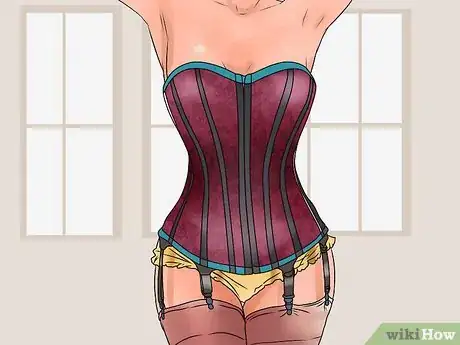
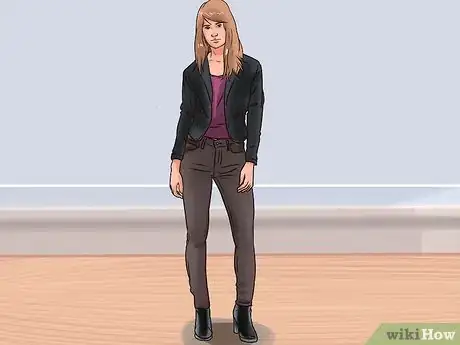
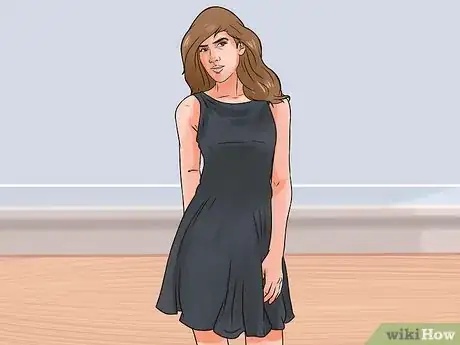
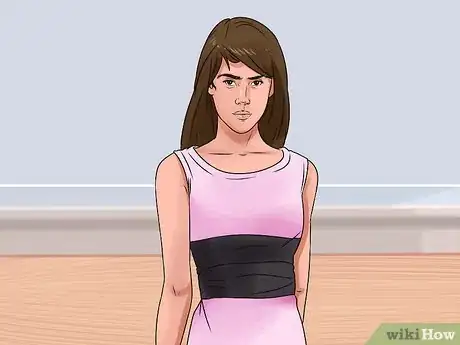
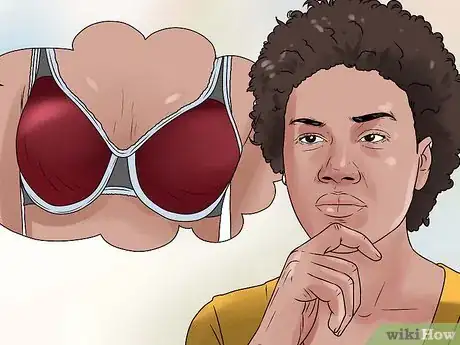
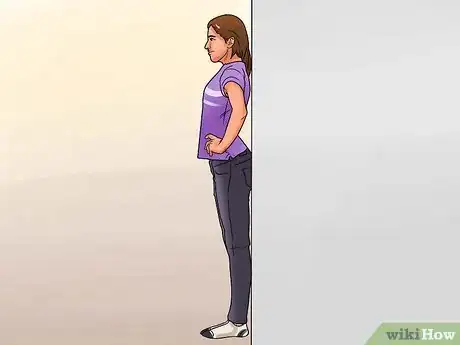

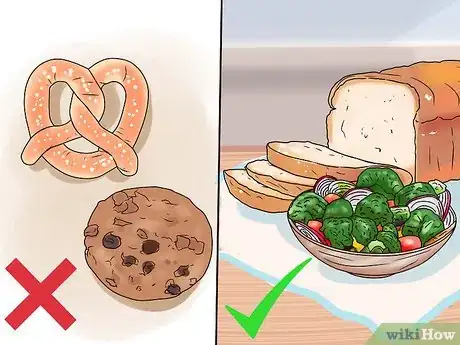
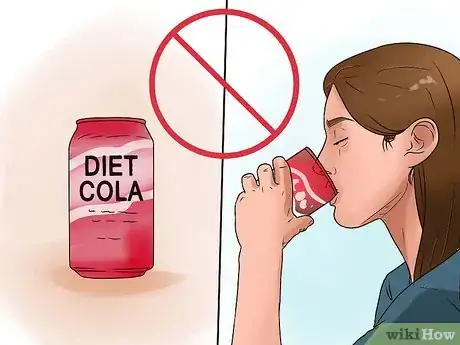
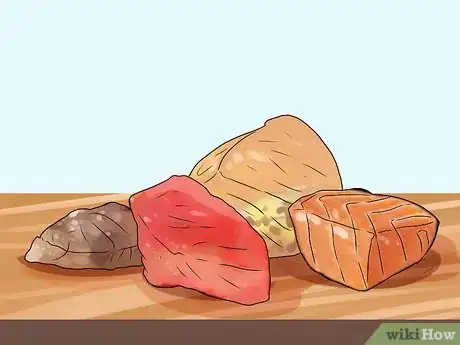
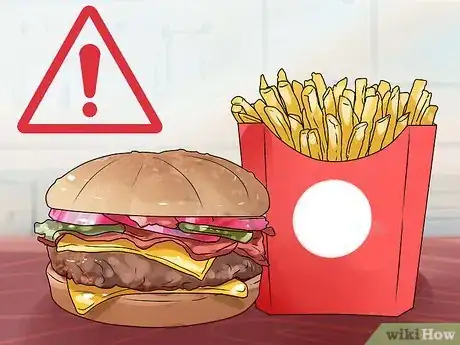
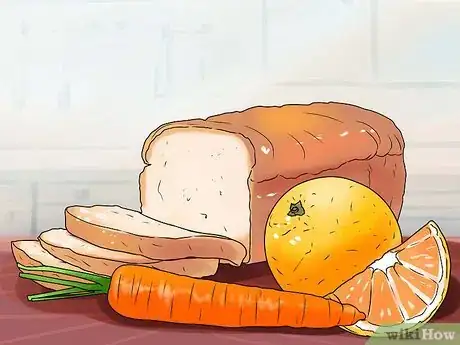

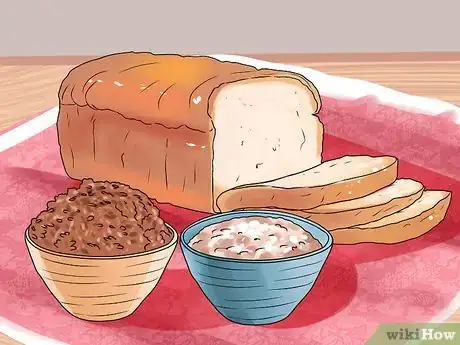
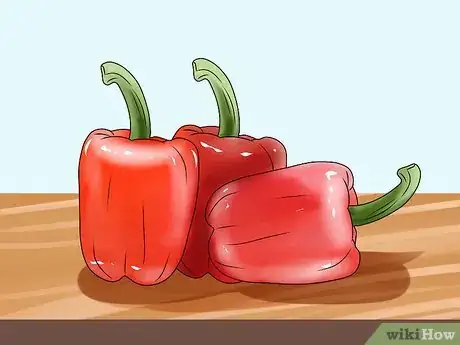
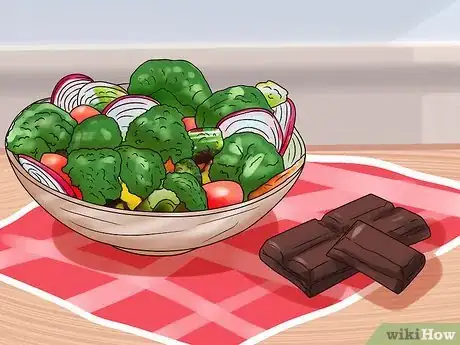


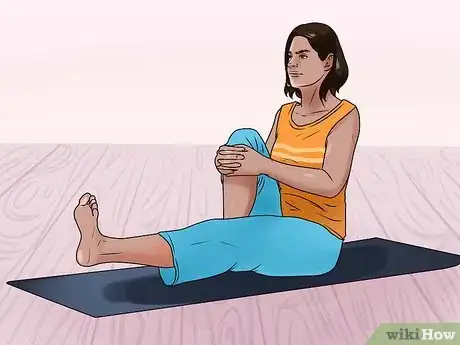
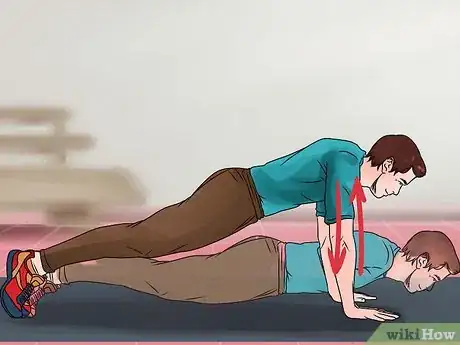
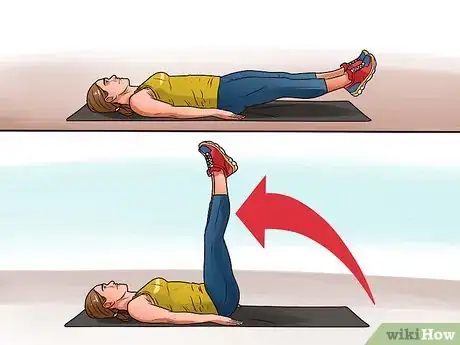
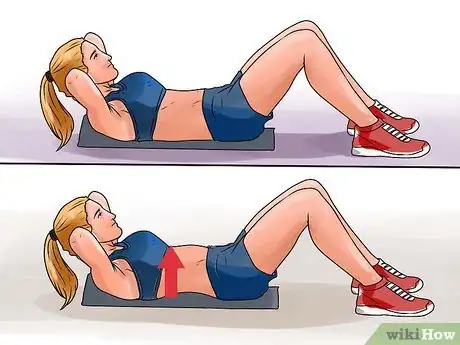

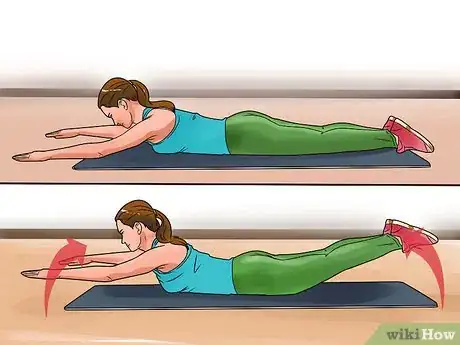
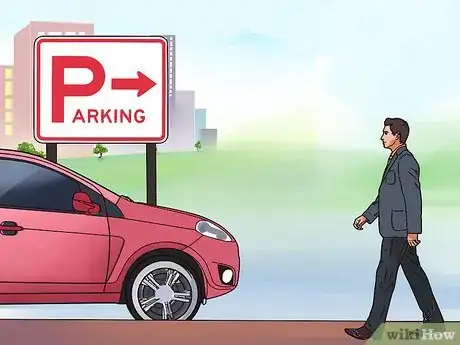
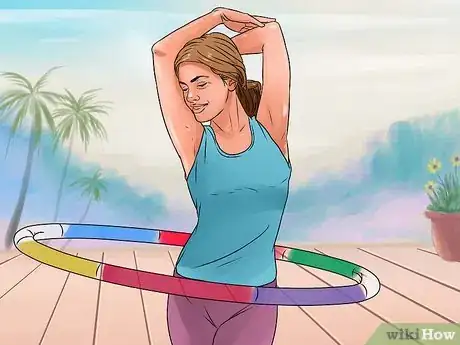
-Step-14-Version-3.webp)
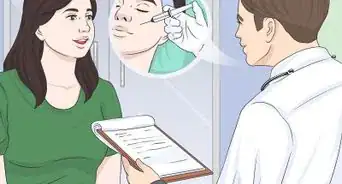

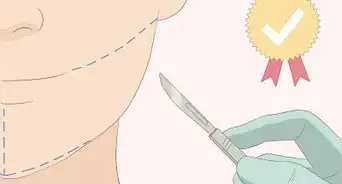
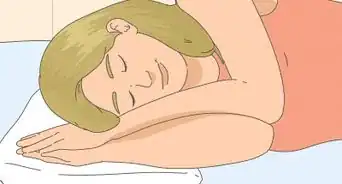



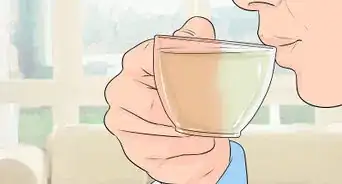

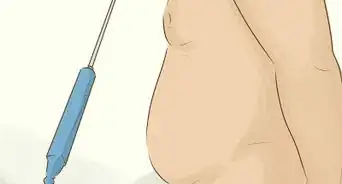
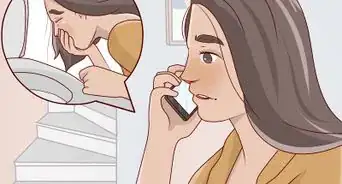

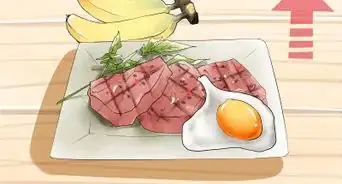









-Step-14-Version-3.webp)





































